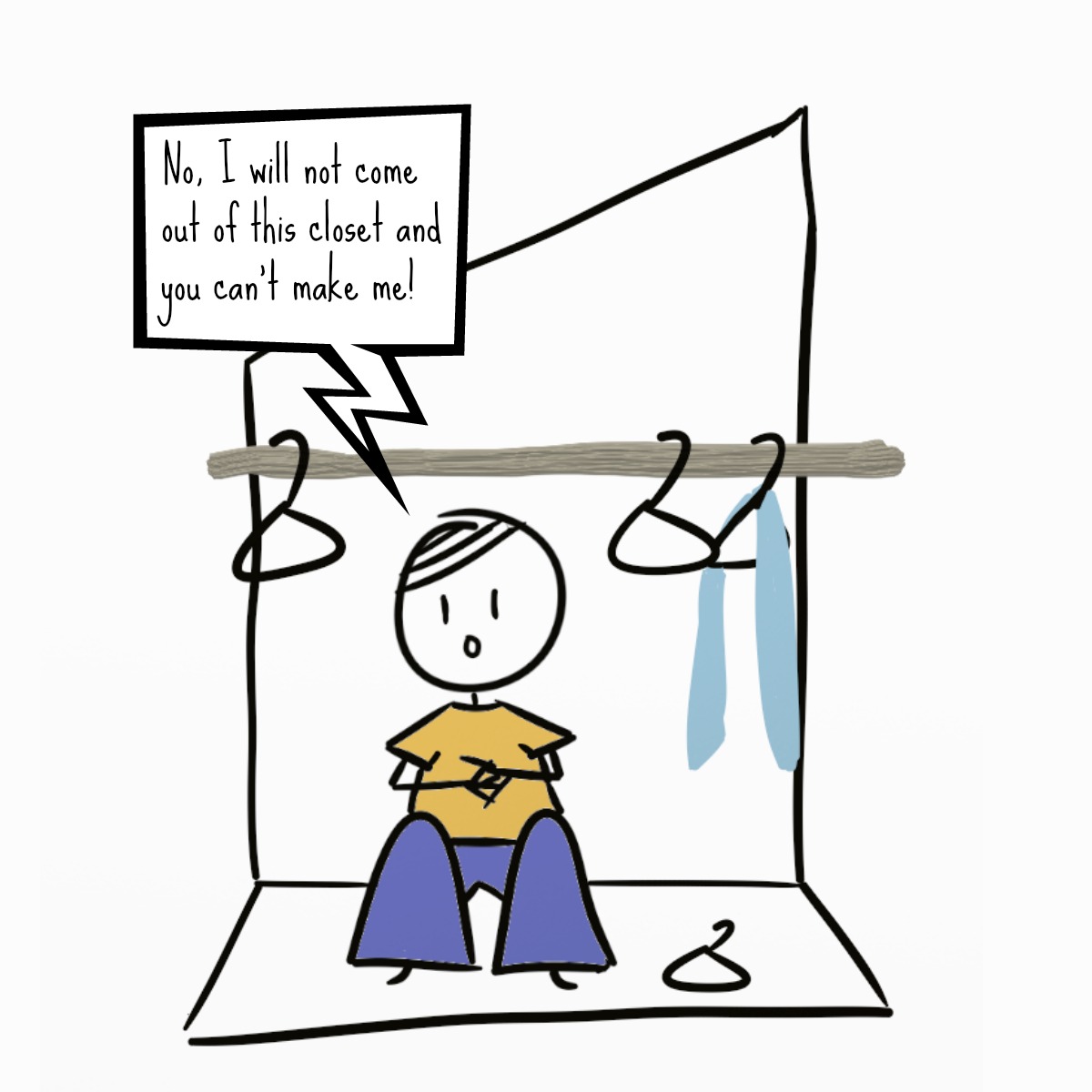
Introduction
In the complex landscape of human psychology, coping and defence mechanisms serve as vital tools for navigating the ups and downs of life. But what exactly do these terms entail, and why are they crucial for managing stress and emotions effectively?
Coping mechanisms are the conscious strategies and behaviours individuals employ to manage stress, adversity, or challenging situations. These can range from seeking social support and problem-solving to engaging in relaxation techniques and physical activity. Essentially, coping mechanisms are our adaptive responses to the demands of life, helping us to maintain emotional equilibrium and resilience in the face of adversity.
On the other hand, defence mechanisms operate at the subconscious level, shielding us from distressing thoughts, feelings, or impulses that threaten our sense of self or security. These mechanisms involve distorting reality in some way to reduce anxiety or discomfort, often without our conscious awareness. While defence mechanisms can provide temporary relief from emotional distress, they may also prevent us from fully confronting and addressing underlying issues.
Understanding coping and defence mechanisms is essential for several reasons:
Self-Awareness: By recognizing and understanding our own coping and defence mechanisms, we gain valuable insights into our thoughts, emotions, and behaviours. This self-awareness allows us to identify patterns, triggers, and areas for growth, empowering us to make positive changes in our lives.
Emotional Regulation: Coping mechanisms help us regulate our emotions and manage stress more effectively. By developing healthy coping strategies, we can reduce the impact of stressors on our mental and emotional well-being, leading to greater resilience and adaptive functioning.
Relationship Dynamics: Awareness of coping and defence mechanisms can also enhance our relationships with others. By understanding how these mechanisms influence our interactions, we can communicate more effectively, empathize with others’ experiences, and navigate conflicts with greater skill and compassion.
Personal Growth: Examining our coping and defence mechanisms can be a catalyst for personal growth and transformation. By confronting unhealthy patterns and challenging ourselves to develop healthier coping strategies, we can cultivate greater resilience, self-confidence, and overall well-being.
In essence, understanding coping and defence mechanisms is not merely an academic exercise but a practical and empowering journey toward greater self-awareness, emotional resilience, and personal growth. In the pages that follow, we will delve deeper into these concepts, exploring their nuances, impact, and practical implications for managing stress and emotions effectively.
Overview of Defence Mechanisms
In the intricate landscape of human psychology, defence mechanisms serve as unconscious processes designed to shield individuals from distressing thoughts, emotions, or impulses. These mechanisms operate beneath the surface of conscious awareness, offering a form of psychological protection against perceived threats to one’s sense of self or security. Let’s explore the defence mechanisms and find out how they function to distort reality and alleviate anxiety.
Defence mechanisms are psychological strategies employed by the mind to manage internal conflicts, reduce anxiety, and protect the ego from psychological distress. Developed by Sigmund Freud and further expanded upon by subsequent theorists, defence mechanisms operate outside of conscious awareness, shaping perceptions and behaviours in subtle ways.
At their core, defence mechanisms serve the adaptive function of preserving psychological equilibrium and protecting the individual from overwhelming or intolerable thoughts, emotions, or impulses. By distorting reality or shifting attention away from threatening stimuli, defence mechanisms provide a buffer against the anxiety and discomfort associated with confronting painful truths or unresolved conflicts.
How Defense Mechanisms Distort Reality and Reduce Anxiety:
Defence mechanisms operate through various mechanisms to distort reality and alleviate anxiety:
Denial: Denial involves refusing to acknowledge or accept the reality of a distressing situation or emotion. By denying the existence or significance of a threat, individuals temporarily shield themselves from the anxiety and distress associated with confronting it directly.
Projection: Projection involves attributing our own unacceptable thoughts, feelings, or impulses to others. By projecting unwanted aspects of the self onto external objects or individuals, individuals displace responsibility and alleviate their own feelings of guilt or shame.
Rationalization: Rationalization entails creating logical explanations or justifications for behaviours, thoughts, or events that are otherwise unacceptable. By constructing plausible explanations, individuals minimize cognitive dissonance and reduce the anxiety associated with conflicting beliefs or values.
Regression: Regression involves reverting to earlier, more primitive modes of behaviour or coping mechanisms in response to stress or anxiety. By retreating to a safer or more familiar state, individuals seek refuge from overwhelming emotions or challenges.
Displacement: Displacement involves redirecting uncomfortable emotions or impulses from their original source toward a less threatening target. By shifting attention away from the primary source of anxiety, individuals mitigate the intensity of their emotional distress and regain a sense of control.
In essence, defence mechanisms serve as psychological safeguards, protecting individuals from the discomfort and anxiety associated with confronting painful or threatening aspects of the self or reality. While these mechanisms offer temporary relief, they can also distort perceptions, hinder personal growth, and impede the resolution of underlying conflicts. Recognizing the role of defence mechanisms in shaping thoughts and behaviours is essential for fostering self-awareness and promoting more adaptive ways of coping with psychological distress.
Common Defence Mechanisms
Defence mechanisms are psychological strategies employed by individuals to protect themselves from distressing thoughts, emotions, or impulses. These mechanisms operate unconsciously, shaping perceptions and behaviours in subtle ways. Let’s explore some common defence mechanisms, such as denial, projection, rationalization, regression, and displacement, with real-life examples to illustrate each concept.
Denial:
- Definition: Denial involves refusing to acknowledge or accept the reality of a distressing situation or emotion.
- Example: A person diagnosed with a serious illness may refuse to believe the diagnosis, insisting that the symptoms are merely temporary or a mistake by the doctor.
- Impact: While denial provides temporary relief from anxiety, it can hinder individuals from seeking necessary help or taking appropriate action to address the underlying issue.
Projection:
- Definition: Projection involves attributing one’s own unacceptable thoughts, feelings, or impulses to others.
- Example: A person who struggles with feelings of jealousy may accuse their partner of being unfaithful, projecting their own insecurities onto their partner’s behaviour.
- Impact: Projection allows individuals to displace uncomfortable emotions onto others, but it can strain relationships and prevent individuals from taking responsibility for their own feelings.
Rationalization:
- Definition: Rationalization entails creating logical explanations or justifications for behaviours, thoughts, or events that are otherwise unacceptable.
- Example: After failing an exam, a student may rationalize their poor performance by blaming external factors such as the difficulty of the test or the unfairness of the grading system.
- Impact: Rationalization helps individuals minimize cognitive dissonance and maintain their self-esteem, but it can also hinder self-awareness and accountability.
Regression:
- Definition: Regression involves reverting to earlier, more primitive modes of behaviour or coping mechanisms in response to stress or anxiety.
- Example: A child who feels neglected after the birth of a sibling may regress to thumb-sucking or bed-wetting as a way to seek comfort and attention.
- Impact: Regression provides temporary relief from distress, but it can hinder emotional growth and independence, especially if the behaviour persists into adulthood.
Displacement:
- Definition: Displacement involves redirecting uncomfortable emotions or impulses from their original source toward a less threatening target.
- Example: After receiving criticism from their boss, an employee may go home and lash out at their spouse or children, displacing their anger onto innocent parties.
- Impact: Displacement allows individuals to release pent-up emotions, but it can strain relationships and perpetuate a cycle of conflict and resentment.
In summary, defence mechanisms serve as psychological shields, protecting individuals from the discomfort and anxiety associated with confronting painful truths or unresolved conflicts. While these mechanisms offer temporary relief, they can also distort perceptions, hinder personal growth, and strain relationships. Recognizing and understanding these defence mechanisms is essential for fostering self-awareness and promoting more adaptive ways of coping with psychological distress.


 Title
Title  Date
Date Category
Category